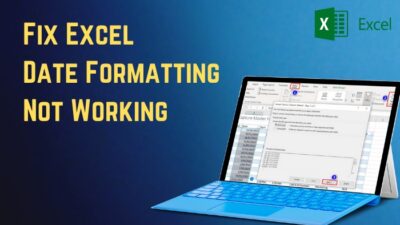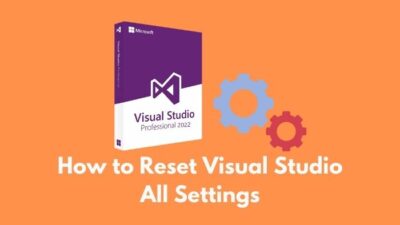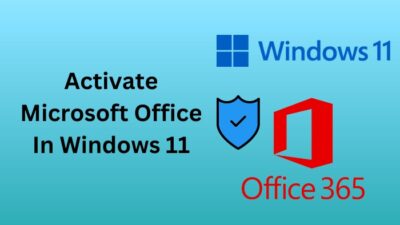Administrative privileges are an elevated power that grants individuals absolute access to enter any location and access confidential databases.
Just like that, Outlook gives users the utmost access to adjust settings with the administrator mode. But to some users, enabling the admin privileges is difficult and fearsome.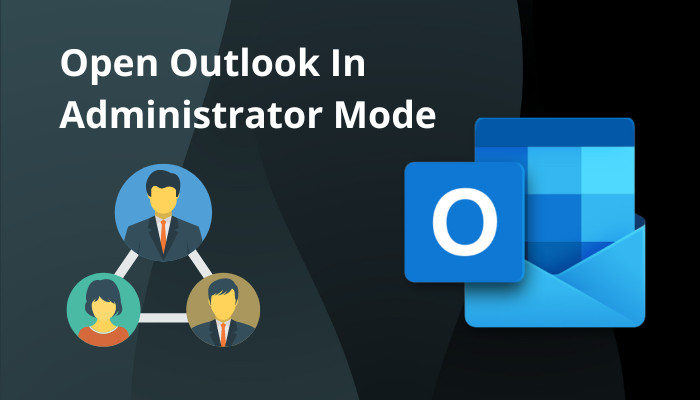 However, with the right approach, it’s completely safe and useful for many tasks.
However, with the right approach, it’s completely safe and useful for many tasks.
In this article, I’ll discuss the quick and effortless methods to run Outlook apps with administrator mode. So, let’s jump straight to the point.
How to Open Microsoft Outlook in Administrator Mode
Administrator mode is powerful and capable of altering many settings in Outlook. Also, you can prevent many bugs and glitches using the mode. Users can open Microsoft Outlook in administrator mode using shortcuts and context menus from different locations.
There are several ways to open Outlook apps with superuser access. Consider reading them carefully from below.
Here are the methods to open Microsoft Outlook in administrator mode:
1. Use Windows Search Bar
Windows Search Bar is the easiest way to find the Outlook application and open it as administrator. Read the following steps to search Outlook from the start menu and open it with administrator permission.
Here is the procedure to use Windows Search Bar to open Outlook as administrator:
- Press the Start button.
- Search Outlook.
- Right-click on Outlook apps.
- Select Run as administrator from the context menu.
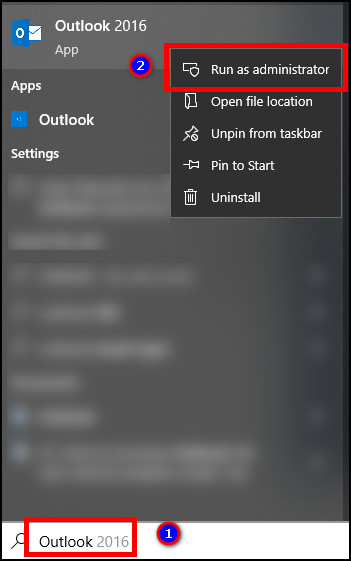
- Click on Yes from User Account Control.
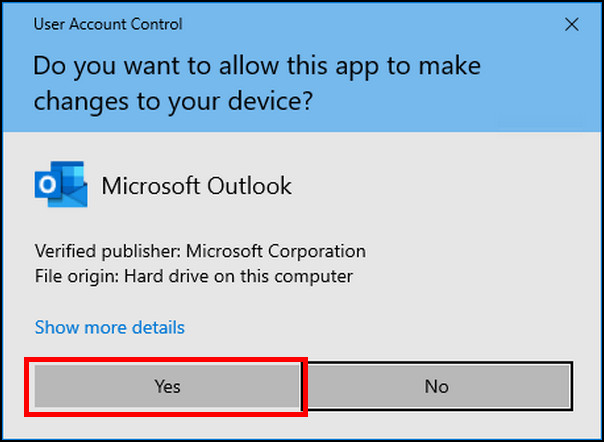
It will permit the Outlook application to use administrator access. Continue reading the steps below to accomplish this process using the keyboard shortcut.
Also, check out our separate post to search bar missing in Outlook.
2. Use Keyboard Shortcut
The keyboard shortcut allows the users to open the Outlook application without opening the context menu. It’s easier and faster if you are comfortable with keyboard shortcuts.
Follow the instructions below to learn how to use the keyboard shortcuts to use Outlook with administrator access.
Here are the steps to use the keyboard shortcut to open MS Outlook in Administrator mode:
- Click the Start button.
- Search Outlook application.
- Press Ctrl + Shift together and right-click on the Outlook app.

- Click on Yes from User Account Control to give administrator permission.

With this process, users don’t need to open the context menu after searching the Outlook app. It’s fast and saves seconds of your life.
Also read, automatically move Emails to a folder in Outlook.
3. Use Windows Taskbar
Many users, especially those who work with Outlook daily, prefer to keep Outlook in the Windows Taskbar. Users can open Outlook with a click, and it’s much quicker than searching the apps every time.
Consider reading the following procedures to use the Windows Taskbar for opening Outlook with administrator mode.
Here is the way to open the Outlook application as administrator from Windows Taskbar:
- Click the Shift button and right-click on the Outlook icon from Windows Taskbar.
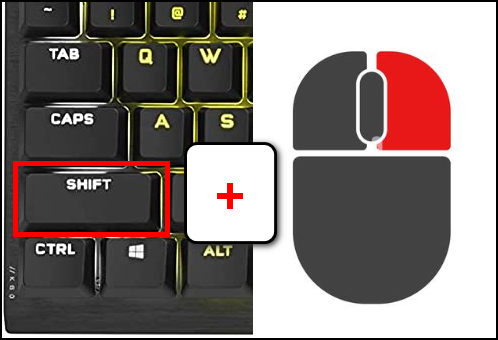
- Press on Run as administrator from the context menu.
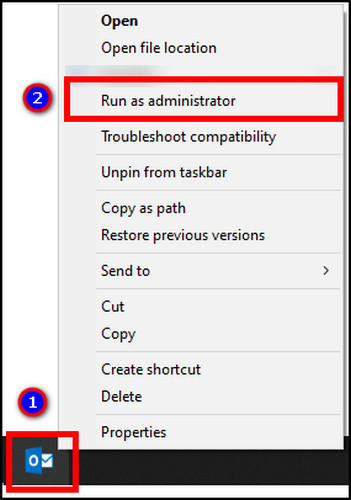
- Click the Yes button to open Outlook as an administrator.

It will open your Outlook application with administrator access, and it’s helpful for users who prefer super user access.
4. Use Outlook Shortcut
Sometimes, Windows doesn’t show Outlook after searching from the Start menu. If there’s no shortcut created on your Home Screen, it’s difficult to open Outlook as an administrator.
But you can open Outlook as an administrator using the Outlook application shortcut from the parent directory.
Here is the process to use open Outlook as an administrator using the application shortcut:
- Go to the Outlook shortcut location from your drive.
- Right-click on the application to open the context menu.
- Press on Run as administrator.
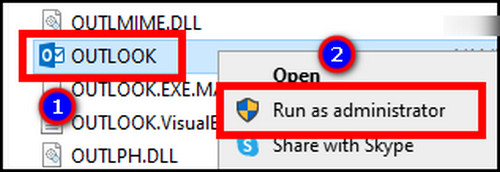
- Click on the Yes button to run Outlook as administrator.

Users need to perform any of the above processes every time to open Outlook as an administrator. But, if you want to give Outlook administrator access once and for all, consider reading the process below.
Check out the easiest way on how to add AOL email to Outlook.
5. Use Advanced Properties
Customizing the Advanced Properties allows the user to give administrator access to a specific application. You don’t need to change or allow the administrator permission every time you open the app.
If you are a developer or working with administrative tasks, continue reading the instructions carefully.
Here are the steps to open Outlook with administrator access using the Advanced Properties:
- Close the Outlook application completely.
- Navigate to the Outlook shortcut location.
- Right-click on the Outlook icon to open the context menu.
- Select Properties.
- Proceed to the Shortcut tab and click on Advanced.
- Enable Run as administrator.
- Press OK to confirm.
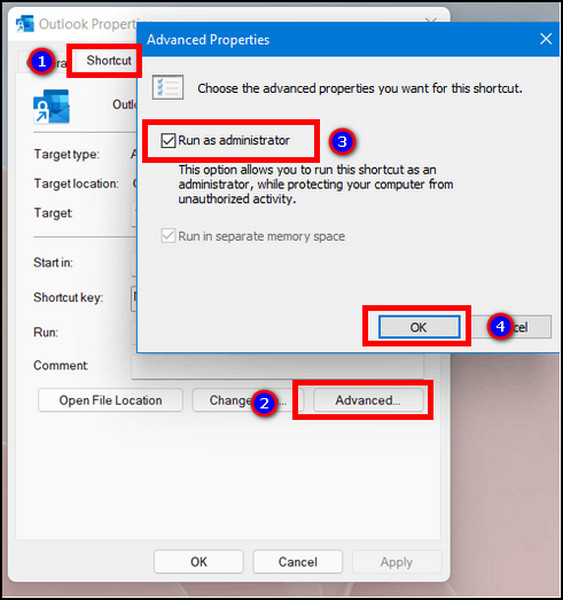
- Double-click on the Outlook shortcut to run it as administrator.
Opening the Outlook application using the shortcut will open it every time as an administrator. It will reduce your hassle while working as a developer.
Here’s a complete guide on how to automatically forward emails in Outlook.
How to Open MS Outlook in Administrator Mode on Mac
Unlike Windows, opening an application with administrator mode is dissimilar on Mac. Users must locate the Outlook app executable file and open it with the terminal. After that, you need to provide your admin permission to grant superuser access to Outlook.
First, you need to find the app executable file for Outlook. Read the following steps to know how to find the location of the app executable file.
Here are the procedures to find the Outlook executable file location on macOS:
- Open Finder from the bottom.
- Navigate to the Application tab from the left pane.
- Find Outlook and right-click on it.
- Select Show Package Contents.
- Go to the Contents/MacOS/ folders and find the app executable file.
Once you’ve found the app executable file, you’re ready to open Outlook with administrator or superuser permission. Users need to use the terminal and paste the executive file to open Outlook as a superuser.
Follow the instructions below carefully to open the Outlook application as superuser privilege on macOS.
Here is the way to run Outlook in administrator mode on Mac:
- Open the terminal from the bottom.
- Type sudo and give a space after it.
- Drag the Outlook executable file and paste it into the terminal.
- Click the Return button.
- Submit your admin password to continue.
When you provide the admin password, it won’t show you on the screen. The Outlook application will start as a superuser or administrator privilege after the successful login.
Follow our guide on how to print emails from Outlook.
Frequently Asked Questions
How do I run Outlook as an administrator on Windows?
To run Outlook as an administrator on Windows, click on Start > search Outlook > right-click on Outlook > Run as administrator > press Yes.
Can I use a keyboard shortcut to open Outlook with administrator access?
Yes, you can press Ctrl + Shift together and click on the Outlook program to run it with administrator permission.
Is administrator permission available for Outlook on the Web (OWA)?
No, Outlook on the Web (OWA) doesn’t have administrator access. It is only available for Outlook desktop clients.
Conclusions
Many settings and permissions in Outlook are restricted to administrator permission. To access them, you must need an administrator mode. Also, it’s more stable and free of numerous bugs and glitches.
This article has provided many straightforward methods, and you can choose your preferred ones depending on your usage.
Share your thoughts in the comment box below, and I’ll bring more useful articles next.
Until then, GoodBye.

